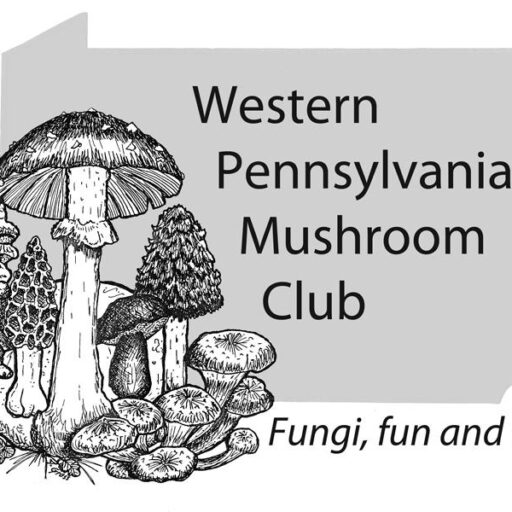Events
05
Jul
5 Jul 25
Erie
11
Jul
11 Jul 25
Blairsville
15
Jul
15 Jul 25
Pittsburgh
19
Jul
19 Jul 25
Johnstown
26
Jul
26 Jul 25
McCandless


Recent Comments